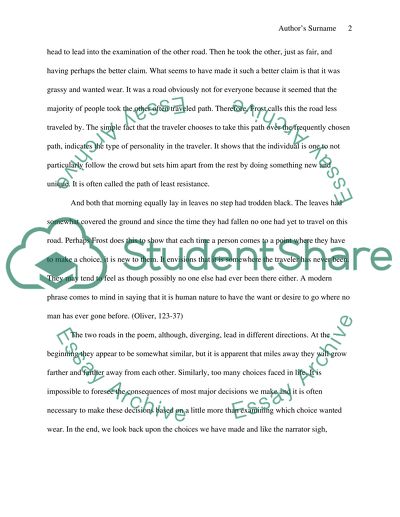Cite this document
(“The Road Not Taken by Robert Frost Book Report/Review”, n.d.)
The Road Not Taken by Robert Frost Book Report/Review. Retrieved from https://studentshare.org/miscellaneous/1501866-the-road-not-taken-by-robert-frost
The Road Not Taken by Robert Frost Book Report/Review. Retrieved from https://studentshare.org/miscellaneous/1501866-the-road-not-taken-by-robert-frost
(The Road Not Taken by Robert Frost Book Report/Review)
The Road Not Taken by Robert Frost Book Report/Review. https://studentshare.org/miscellaneous/1501866-the-road-not-taken-by-robert-frost.
The Road Not Taken by Robert Frost Book Report/Review. https://studentshare.org/miscellaneous/1501866-the-road-not-taken-by-robert-frost.
“The Road Not Taken by Robert Frost Book Report/Review”, n.d. https://studentshare.org/miscellaneous/1501866-the-road-not-taken-by-robert-frost.


